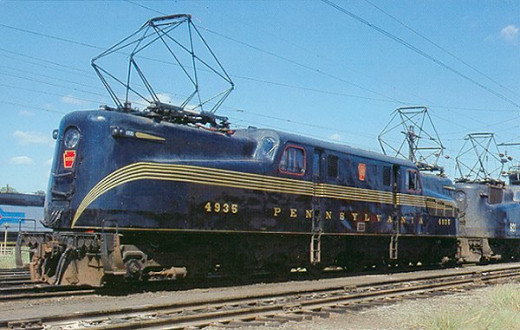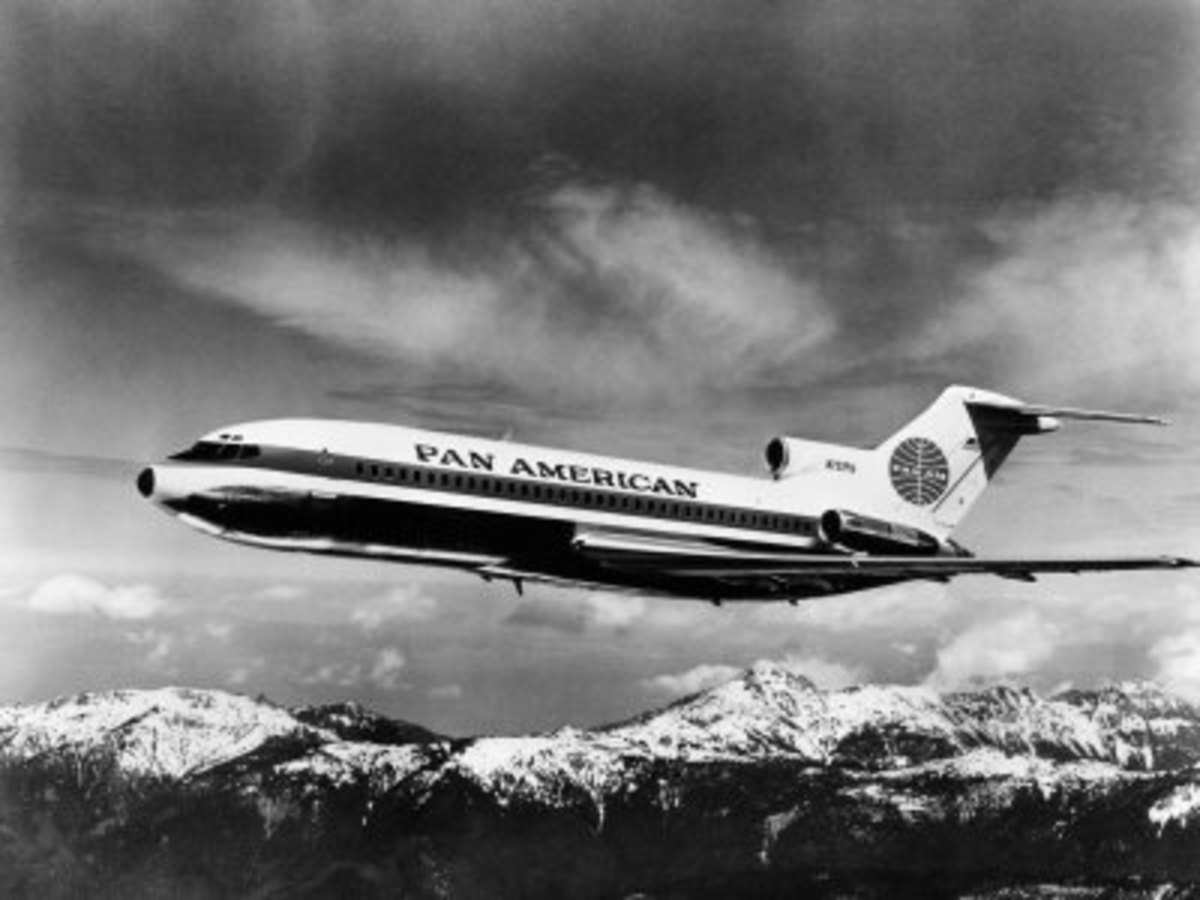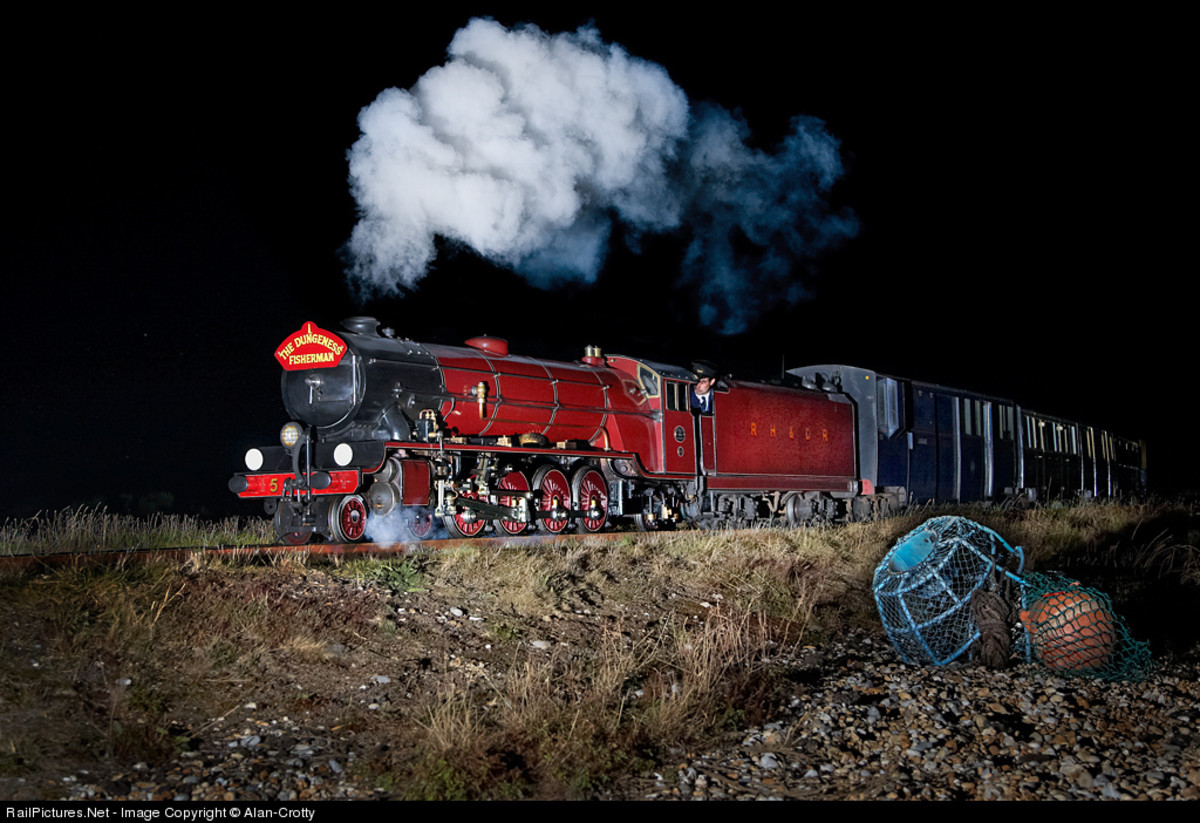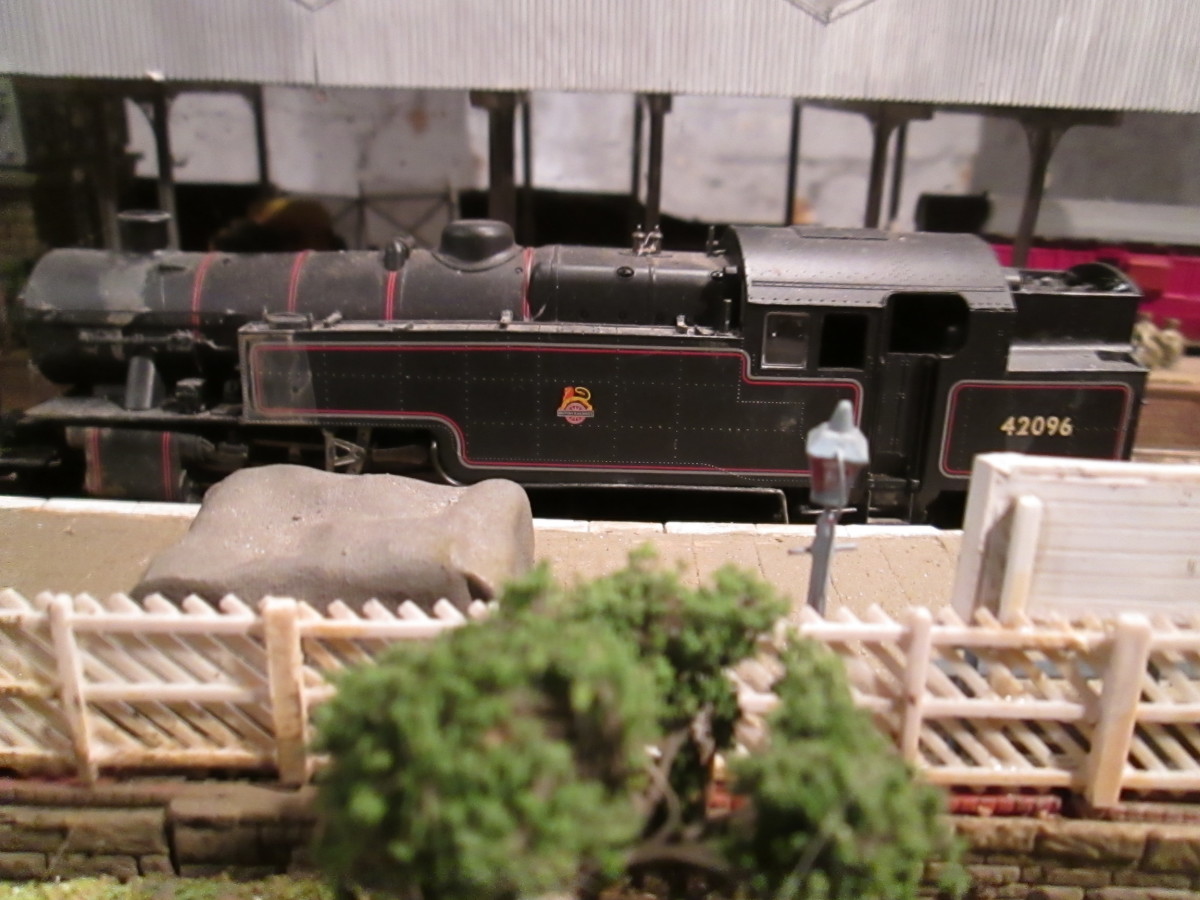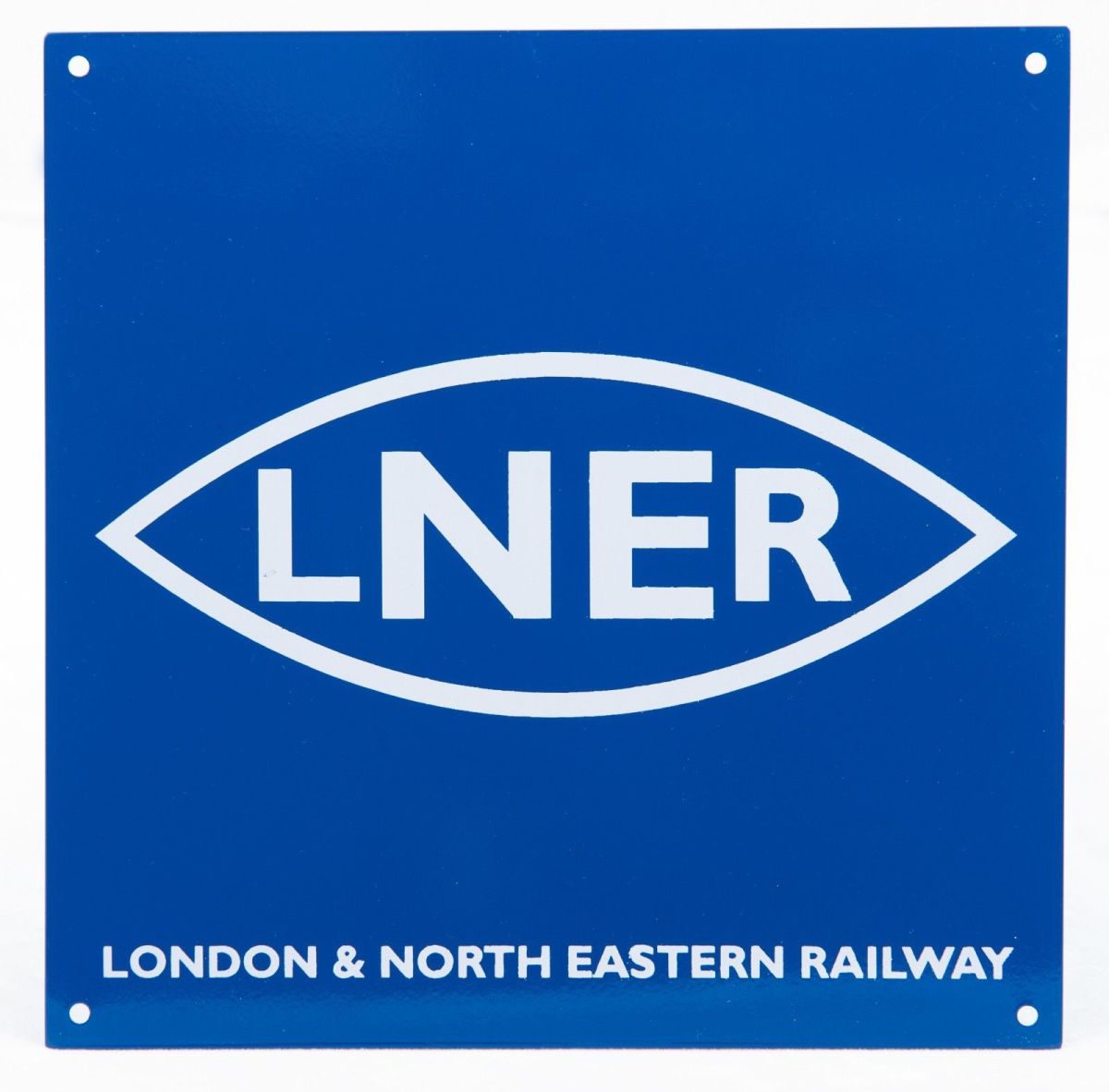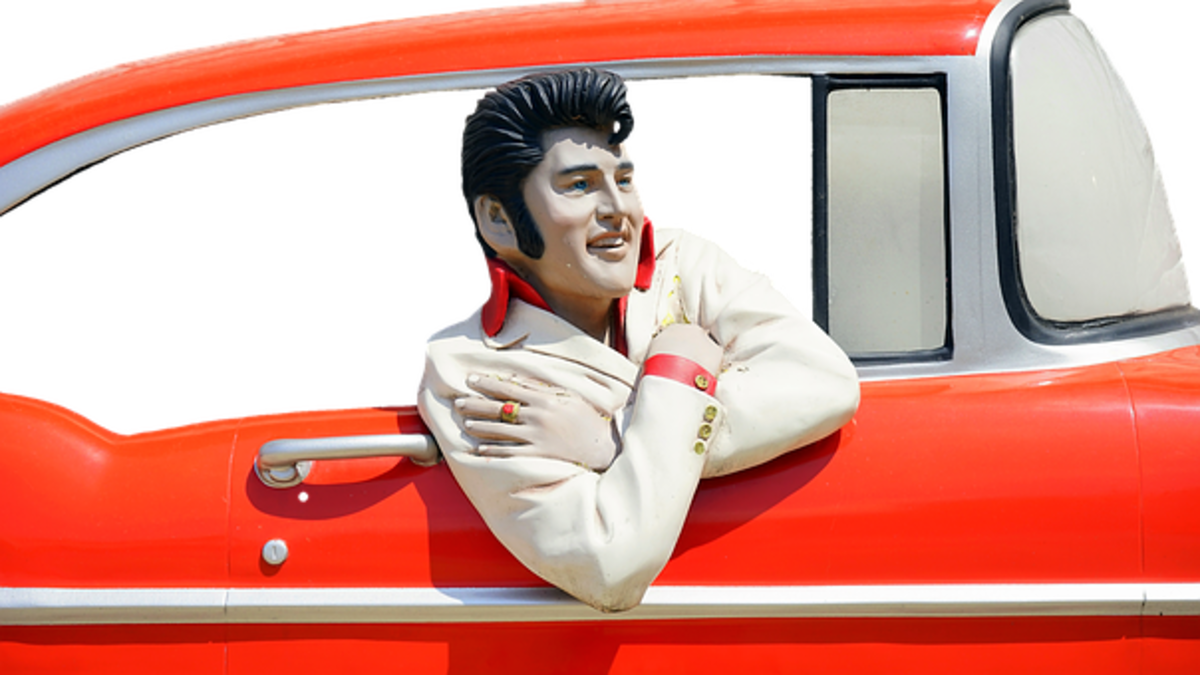- HubPages»
- Education and Science»
- History & Archaeology»
- History of the Modern Era
GG1: 20th Century Workhorse
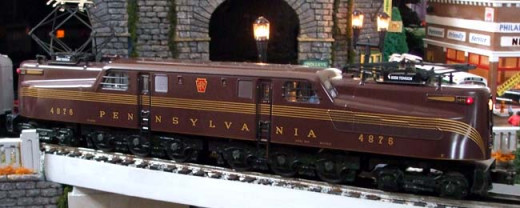
History
Built for the Pennsylvania Railroad in 1934, the first GG1 went into service the following year and the last one was removed from service in 1983. The GG1 outlasted the railroad that built it and Penn Central, the railroad that succeeded the PRR. When the GG1s were finally retired they were in operation for Amtrak, Conrail and New Jersey Transit.
The GG1s were constructed at the Altoona Works between 1934 and 1943. The Altoona Works consisted of four units: the 12th Streetcar Shop, the Altoona Car Shop, the Juniata Shops and the South Altoona Foundries. These four units were comprised of 122 buildings containing 37 acres of floor space, 4,500 machine tools and 94 overhead cranes. There were 13,000 employees and the rail yard covered 218 acres.
The PRR designed the GG1 to meet their need for a locomotive that could pull more than 12 to 14 passenger cars; however, some were geared for freight service. The GG1 has a streamlined design and appears as if the front halves of two locomotives have been put together and, as such, is designed for bidirectional operation. The control cabs are located just in front of the center of the locomotive separated by the steam generator and the transformer. The design of the GG1 required two crew members for operation, an engine-man and a fireman. With seats on either side of the engine each was able to look down the nose of the engine allowing a binocular view of what was ahead.
The steam generator provided heat to the passenger cars and steam for cooking in the dining car. The main water tank was located inside the hood at one end with a secondary tank along with a fuel oil tank at the other. While you could walk around inside the hoods at either end, space was tight. The positioning of the tanks was designed to give the crew some protection if they were involved in a collision; at the very least they would have something in front of them. During the winter months the steam generators would need to be kept running so the pipes wouldn't freeze. To prevent the necessity of topping the tanks off on each locomotive before they went out to work they would be train-lined. That is the GG1s would be knuckled together with their steam pipes coupled and the lead engine’s boiler would be kept running and feed steam through the rest of them. Any night you could see four, five or six GG1s coupled together with steam rising from the couplings and blowing out of the last one. In this way you only had to maintain the water and fuel on one locomotive.
The GG1 was almost 80 feet long and weighed 475,000 pounds. Its frame was made in two pieces and coupled together in such a fashion that there was a certain amount of swivel. This swivel allowed the locomotive to negotiate sharp curves at speed. Twelve 385-horsepower traction motors drove the 57-inch driving wheels mounted on six axles. Pony trucks containing four much smaller unpowered wheels were mounted on each end. Power to the drivers, the locomotives auxiliary power and the coaches was supplied from the catenary (overhead wires) through the use of the pantograph. The pantograph collected the 25 Hz, 11,000 volt alternating current and transferred it to the transformer located between the two cabs. There the voltage was stepped down to the voltages usable by the traction motors and other equipment. Typically the locomotive ran with the trailing pantograph raised. In this way if something should damage that pantograph it would deflect to the rear and not damage the pantograph on the leading end. The only time this wasn't true was in icy conditions. When the catenary was coated with ice both pantographs would be raised and the leading pantograph would break the ice allowing the trailing one to remain in uninterrupted contact with the wire.
GG1s were allowed 75 – 80 mph with few exceptions until the late 1970s. At that time track improvements to the Northeast Corridor coupled with an overhaul of the Metroliner fleet enabled Amtrak to run them at 100 mph pulling Amfleet cars. Amtrak was making a concerted effort to replace them but they were still the best locomotive in the fleet and able to maintain the 3 hour 20 minute time for the run from New York to Washington.
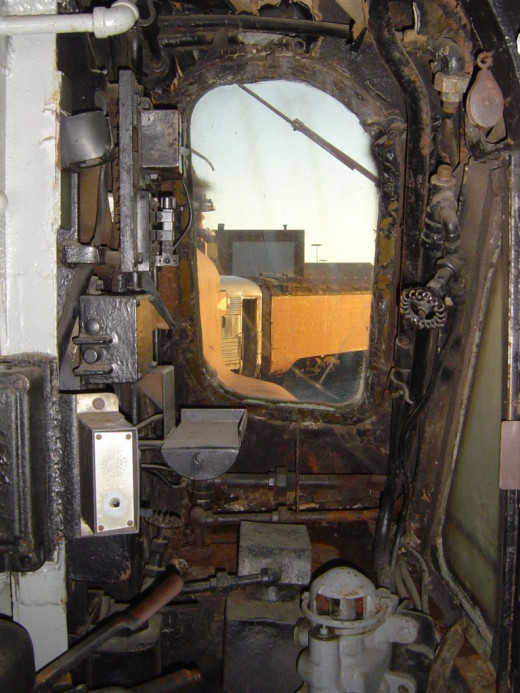
The Crash at Union Station
On January 15, 1953 train 173 from Boston pulled by GG1 4876 was approaching Washington. All locomotives have three braking systems: 1) an independent air brake which applies brakes to the locomotive, 2) an automatic air brake which applies brakes to the locomotive and the cars; and, 3) a hand-brake which is somewhat similar in purpose to the hand-brake in a car. As the engine-man applied the automatic brakes he quickly realized something was wrong; the front end of the train was being pushed by the cars in the rear and the train was not slowing quickly enough. After the fact it was discovered that an angle cock at the end of the third car had somehow closed. This would shut off the flow of brake pipe air to the remaining cars making it impossible to apply their air brakes.
Most railroad stations, 30th Street in Philadelphia is an example of one, are run-through stations. In other words a train goes in one end and comes out the other. Union Station is not like that. As a train pulls into Union station it has reached the end of the line.
When the engine-man began to apply the brakes he was 2.1 miles from the station traveling between 60 and 70 mph. He managed to get the train slowed to between 34 and 40 mph as he entered the station by applying the hand-brake, using the braking he did have and engaging the sanders. It was miraculous he got that far as the train had to maneuver several switches at excessive speeds and did not derail. With the engineer sounding the horn all the way in the 4876 rammed through the buffer stops, through the station wall and offices and was sliding across the concourse toward the waiting room when it fell through the floor and into the basement. There were 87 injuries but no one was killed. The 4876 was cut into three sections and shipped back to Altoona. It was reassembled and back in service ten months later. Today it is stored at the B&ORailroadMuseum.
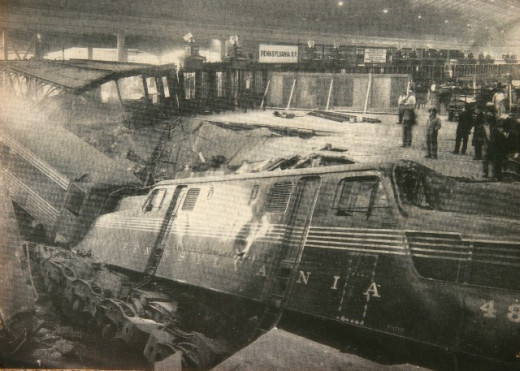
The End of An Era
Amtrak tried to replace the GG1 when they ordered a new locomotive from General Electric, the E60. The replacement ended up a failure as the E60 was never approved for speeds over 90 mph. They then experimented with a locomotive of Swedish design and contracted with Electro-Motive to build it. When the AEM-7s were delivered and placed into service Amtrak finally was able to begin replacing the GG1s. Conrail continued with a few GG1s until they ended the use of electric traction locomotives in 1980. The last GG1s in service were retired from New Jersey Transit in 1983.
Of 139 GG1 locomotives 15 remain in museums in various states of preservation. Because the transformer on the GG1 requires a PCB laden coolant none of them are operable and most probably will never be again. The rest have been cut up and sold for scrap.
